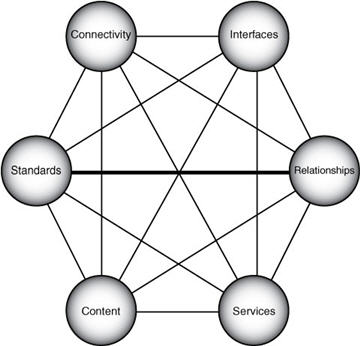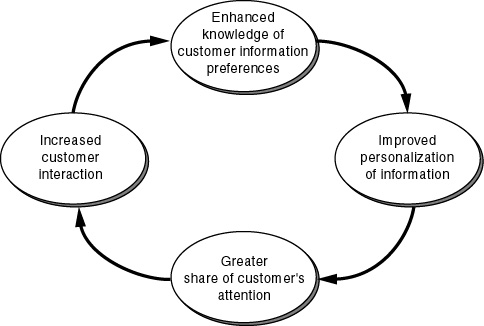Autopoiesis and how hyper-connectivity is literally bringing the networks to life
When I started writing my book Living Networks in early 2002 I thought that it was important to demonstrate that the concept of ‘living networks’ was not just a metaphor, but a reality: we, together with the networks that connect us, are literally a new life form.
To show this I drew on the literature on autopoiesis, which was proposed as a new way of understanding the nature of life, and wrote a lengthy introduction to the book. My editor, very rightly, thought it was the wrong way to begin the book, and the introduction never saw the light of day.
This morning when someone mentioned living networks to me I remembered that this was a literal phrase that I had never explained, so here is the introduction, seen for the first time. We are indeed part of an emerging higher-order life form, and that is a wonderful thing…
Introduction: How Connectivity is Bringing Our World to Life:
We who are privileged to be alive today are participating in the birth of a new lifeform: the global networks. All the talk of the “new economy” in the late 1990s reflected many of the changes at play in our world. In truth they may well have underestimated the importance of the juncture we are at, which represents a complete change in the nature of society and business. Since the dawn of humanity people have been the dominant force on our planet, for better and—sometimes—for worse. Now people as individuals are being transcended by a higher-order lifeform, which is connecting and merging most of the people and all the digital devices on the planet into a single entity.


